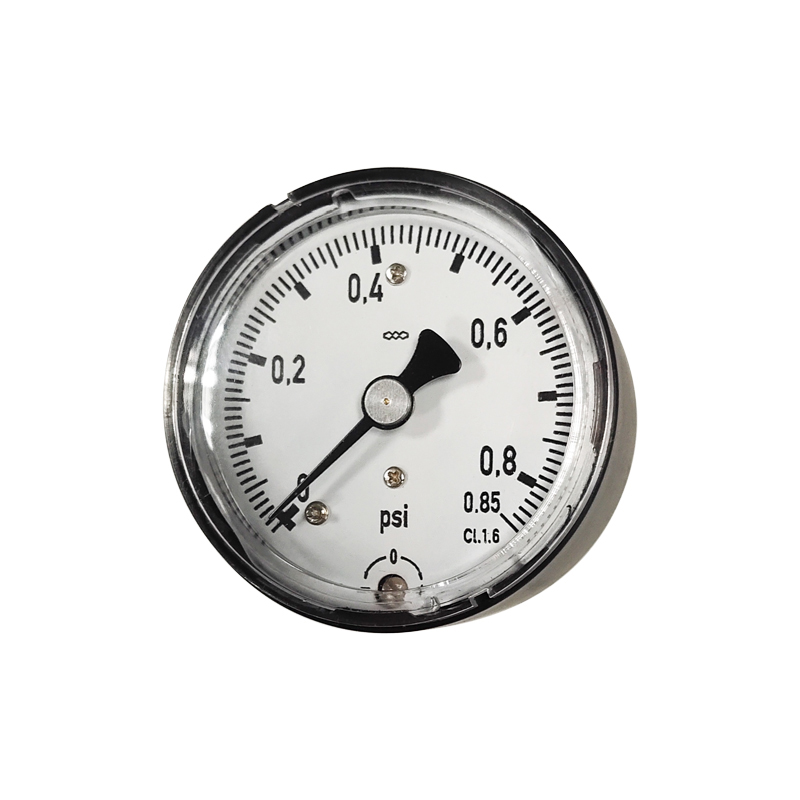
7월 . 29, 2024 21:13 Back to list
Exploring the Features and Applications of JAH Duplex Differential Pressure Gauges for Accurate Measurements
Understanding the JAH Duplex Differential Pressure Gauge
In many industrial applications, precise monitoring of pressure differences is crucial for ensuring optimal operation and safety. The JAH Duplex Differential Pressure Gauge is a sophisticated instrument designed to provide accurate readings of pressure differentials across various systems, making it an essential tool in fields such as oil and gas, water treatment, and HVAC systems.
What is a Differential Pressure Gauge?
A differential pressure gauge measures the difference in pressure between two points in a system. This measurement is vital for various applications, such as monitoring filter status, assessing pressure drops in piping systems, and ensuring that equipment operates within safe parameters. The capability to measure this variance helps in diagnosing system issues, optimizing performance, and maintaining operational efficiency.
Features of the JAH Duplex Differential Pressure Gauge
The JAH Duplex Differential Pressure Gauge stands out for its robust design and advanced features. One of its most notable characteristics is its dual-display functionality. It allows operators to monitor both the differential pressure and the static pressure simultaneously. This is particularly useful for applications where both measurements are necessary for system analysis and process control.
The gauge is equipped with high-quality sensing elements, typically utilizing bourdon tubes or diaphragm sensors, known for their reliability and accuracy. The materials used in the construction of the gauge are chosen for their durability, often featuring stainless steel casings that withstand harsh environments and resist corrosion. This makes the JAH Duplex suitable for use in a variety of conditions, from chemical processing plants to wastewater treatment facilities.
jah duplex differential pressure gauge

Additionally, the gauge offers a wide range of measurement capabilities, often accommodating pressures from low vacuum levels to high-pressure environments. Many models come with adjustable set points and alarms, enhancing their functionality in process control and safety applications. This adaptability ensures that users can customize the gauge to fit their specific needs and applications.
Benefits of Using the JAH Duplex Differential Pressure Gauge
The primary benefit of the JAH Duplex Differential Pressure Gauge lies in its ability to provide real-time data, facilitating swift decision-making and action. For instance, in HVAC systems, monitoring the pressure across filters can alert maintenance teams to blockages or filter replacements needed, preventing inefficiencies and potential system shutdowns.
Moreover, the gauge enhances safety by allowing for continuous monitoring of pressure levels, which is critical in environments where pressure fluctuations can lead to hazardous conditions. By providing accurate readings, the JAH Duplex helps users maintain compliance with safety standards and regulations.
The easy-to-read dual-display interface also contributes to its effectiveness. Operators can quickly assess the status of their systems at a glance, reducing the time spent on monitoring and increasing operational efficiency. Additionally, the installation process is generally straightforward, which encourages widespread adoption across various industries.
Conclusion
In summary, the JAH Duplex Differential Pressure Gauge is an invaluable instrument for industries that rely on precise pressure monitoring. Its robust design, dual-display feature, and adaptability make it a reliable choice for applications demanding accuracy and safety. By leveraging such advanced technologies, industries can improve their operational efficiency, ensure safety, and minimize the risk of unexpected system failures. As industries continue to evolve, incorporating reliable tools like the JAH Duplex Differential Pressure Gauge will be critical in meeting the demands of modern processes.
-
High-Precision 5 Valve Manifold Differential Pressure Gauge Suppliers
NewsApr.29,2025
-
High-Precision Diaphragm Vacuum Pressure Gauges Manufacturers & Quotes
NewsApr.29,2025
-
Omega Differential Pressure Gauges High Accuracy & Durability
NewsApr.28,2025
-
Low Pressure Differential Pressure Gauges Precision Solutions & Quotes
NewsApr.28,2025
-
Digital Diaphragm Pressure Gaauge Precision Measurement & OEM Quotes
NewsApr.28,2025
-
Differential Pressure Gauge China Price High-Accuracy & Best Quotes
NewsApr.28,2025
